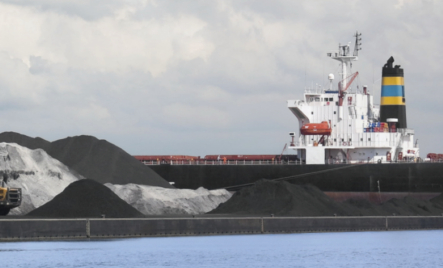
The Australian Maritime Safety Authority has issued a marine notice to inform all shipowners, operators, masters and crew of the hazards when working with high-pressure fire-fighting systems and the safeguards that may be implemented to prevent injury.
A seafarer was severely injured when he attempted to carry out maintenance work on part of a 13 bar high-pressure fire-fighting system on a fire-fighting tug. Before the incident, the seafarers had conducted maintenance work on the manifold on the other side of the vessel without any accidents. The assumption was based on the fact that the system was not pressurised.
During his maintenance routine, the seafarer tried to remove the Continue reading “AMSA warns of safety measures for high pressure fire-fighting systems”










